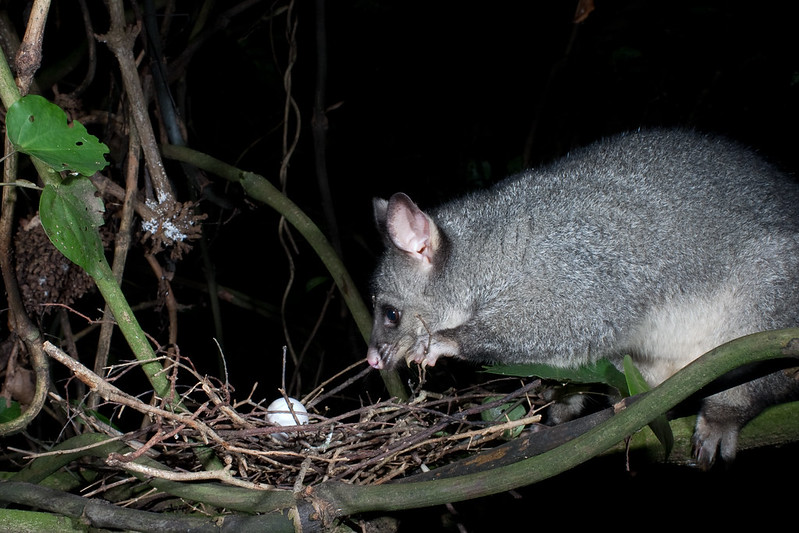There are many active groups and projects within our network that are carrying out important mahi around predator control, some of which already have comprehensive predator-free plans, including the Forest and Bird Pest Free Hibiscus Coast project, Campbells Bay Urban Sanctuary and Friends of Okura Bush. Restore Hibiscus & Bays supports these established groups and projects with various needs that they may have. We also support other predator control in reserves and neighbourhoods across Hibiscus & Bays, especially in and around ecologically important hotspots. Get in touch if you’d like to set up a predator control cluster in your neighbourhood by emailing predators@restorehb.org.nz.
In alignment with the transformative shift in approach outlined in the government’s recently published Predator Free 2050 Plan, Restore Hibiscus & Bays is keen to facilitate a shift within our community-based strategy towards coordinated and connected landscape-scale eradication (the complete removal of predators).

Possum scavenges an egg at a kererū nest. Image by Ngā Manu.
In the absence of oceans to act as barriers to reinvasion by predators, we plan to follow the natural divide of the landscape and pursue a catchment-based eradication approach. Catchments are an obvious scale within which to create a halo of safe habitat surrounding significant ecological areas and ecologically important riparian land, including areas undergoing habitat restoration efforts. To this end, we have developed a catchment-based predator eradication programme for which we are currently seeking funding to deliver the initial three-year phase.
We aim to work across three initial priority catchments where there are many existing active volunteers but no comprehensive predator eradication plans and systems currently in place throughout the entire catchment. This will help to increase the impact of the predator control being undertaken by our network groups, expanding and linking together ‘safe’ areas for our native wildlife to migrate from established sanctuaries within our rohe, such as Tiritiri Matangi and Shakespear Regional Park.
Of course, there will always be the threat of ongoing predator reinvasion of catchments from outside; therefore, there will be a lot of consideration put into ensuring the ongoing sustainability of the eradication networks.
The first stage of the Restore Hibiscus & Bays predator eradication programme is to suppress populations of rats, possums and mustelids to very low levels throughout the catchment areas of Waiwera, Long Bay-Awaruku and Taiaotea-Rothesay Bay.
These catchments were chosen as initial focus areas, as there are already lots of experienced, energetic and dedicated volunteers and significant predator control activity taking place within those catchments, although the activity is currently scattered. The catchment-scale predator approach will complement the weed removal and species enhancement being undertaken at various locations throughout the Waiwera, Taiaotea-Rothesay Bay and Awaruku-Long Bay catchments, including at important inanga-spawning sites. The long-term plan is to roll out similar predator eradication models throughout other catchments within our rohe.
For further questions about our predator eradication programme, email predators@restorehb.org.nz.
If you or your organisation would like to sponsor our predator eradication programme, please email us at manager@restorehb.org.nz to arrange a time to chat.